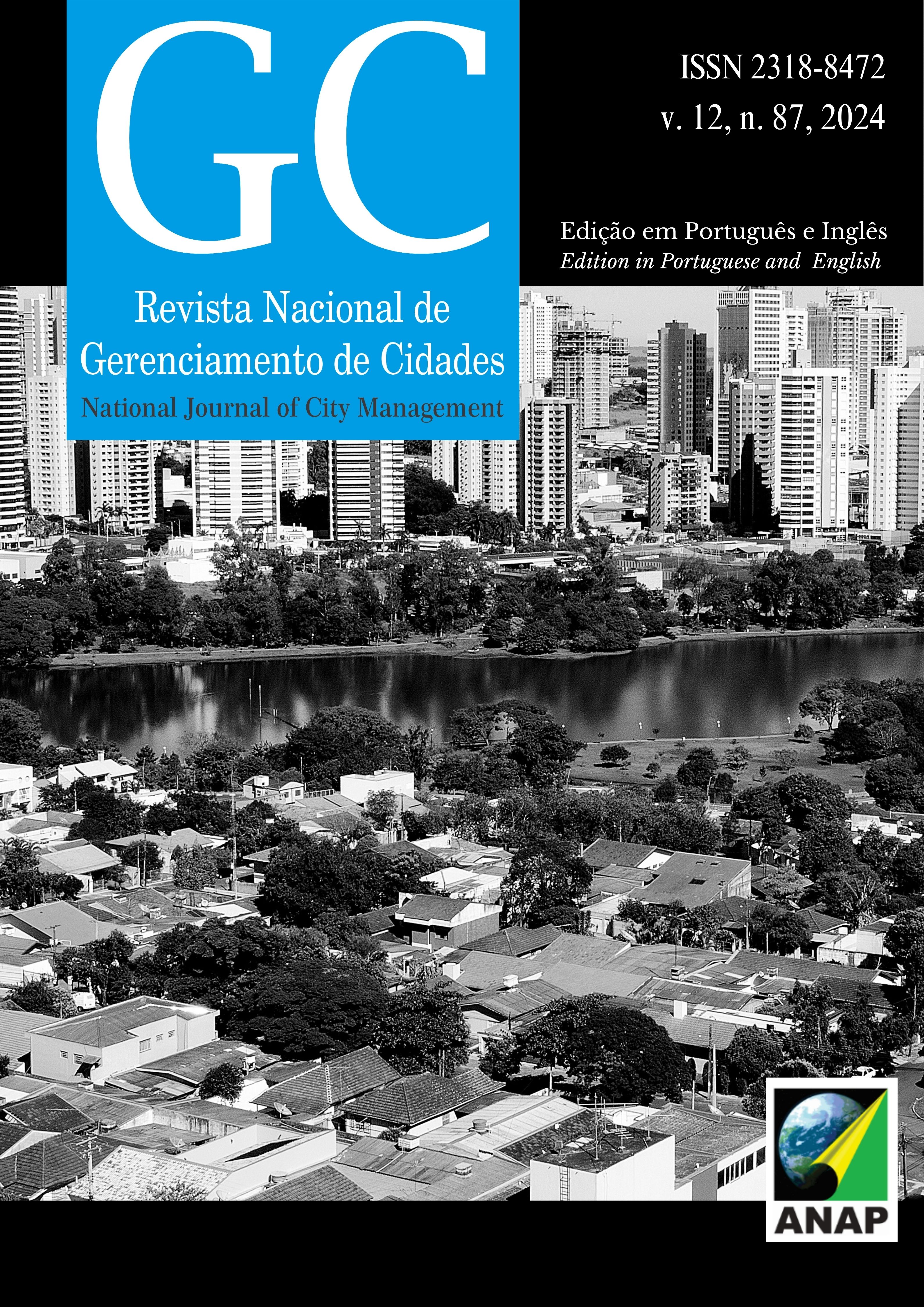Planning and Management of Urban Green Areas
A systematic literature review
DOI:
https://doi.org/10.17271/23188472128720245333Keywords:
Systematic literature review, Green areas, Planning and public managementAbstract
Objective – The main goal of this article is to identify the most relevant contributions to the planning and management of green areas through a systematic literature review of national and international scientific articles published between 2014 and 2024. Additionally, it aims to provide a comprehensive overview of the state of the art in the field of scientific research with a focus on the study's theme.
Methodology – For the development of this systematic literature review, the PRISMA method (Preferred Reporting Items for Systematic Reviews and Meta-Analyses) was used as a reference for selecting and screening scientific articles. The research platforms used were the CAPES Journal Portal for selecting national publications and the Web of Science for international publications.
Originality/Relevance – Although there are several studies addressing open spaces and green areas, few focus specifically on the planning and public management of these areas. In this sense, compiling the most recent publications on the subject, allowing for the identification of the state of the art, represents an important contribution to understanding ongoing discussions in this field, as well as highlighting opportunities for further research and gaps that scientific research can address.
Results – The research revealed that the field related to green areas, planning, and management remains broad and still underexplored, highlighting the diversity of approaches. Most of the articles consisted of quantitative and qualitative analyses of public open spaces and green areas in case studies. Other studies stood out for proposing methodologies for analysis and evaluation, in addition to articles aimed at evaluating public policies for the management of open spaces. The analysis of these articles allowed for the identification of significant contributions to the proposal of guidelines and management instruments.
Social and Environmental Contributions – The conducted research reinforces the importance of public open spaces, with a focus on green areas, in promoting urban quality of life. These spaces play a key role not only in ecological and environmental aspects, by contributing to improved climatic conditions, but also in social aspects, by offering opportunities for leisure, recreation, and social interaction. Furthermore, they are essential for the aesthetic enhancement of cities and for promoting health, not only physical health but also mental health of the population. The overview of the scientific research analyzed in this field highlights the need for advances in public policies to ensure the effectiveness of these benefits and meet the contemporary demands of urban centers.
Downloads
Downloads
Published
Issue
Section
License
Copyright (c) 2024 National Journal of City Management

This work is licensed under a Creative Commons Attribution 4.0 International License.














